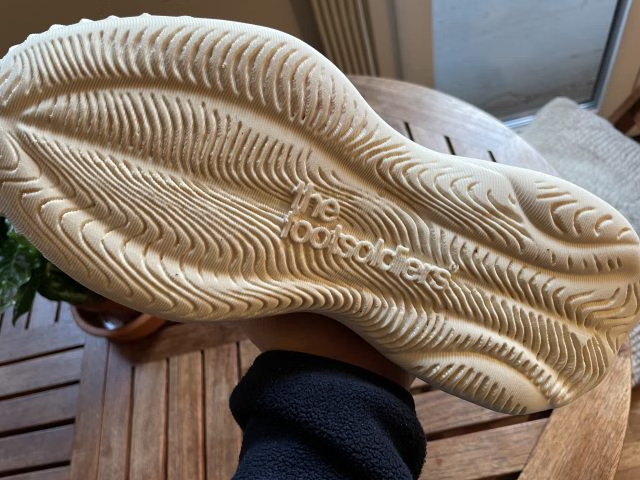From a basement startup to 200 printers—and now aiming for 5,000
Zellerfeld, the trailblazer in 3D printed footwear, has come a long way from its humble beginnings in a New York City basement. The company now runs its own facility with 200 3D printers, producing hundreds of pairs of fully 3D printed, custom-designed shoes on demand. But they’re not stopping there—they have big plans to scale up to a massive network of 5,000 printers.
To make that leap, Zellerfeld partnered with the experts at Germany’s Fraunhofer Institute for Additive Production Technologies (Fraunhofer IAPT). Their goal? To design what could become the world’s largest 3D printing shoe factory.
“We needed a solid plan for growth,” said Lennard Stoever, Co-Founder and President of Zellerfeld. “Fraunhofer IAPT gave us key insights through hands-on analysis—that foundation is helping us move forward with confidence.”
Additive manufacturing (or 3D printing for production) offers huge benefits. It’s efficient with materials, great for lightweight designs, and perfect for creating one-of-a-kind products like personalized shoes or even custom medical implants. That’s exactly where Zellerfeld’s business model shines. Their shoes are built from individual foot scans, fully digital, and generally more sustainable than traditional methods.

As demand for their shoes keeps climbing, Zellerfeld has to ramp up production fast. Expanding from a few hundred to several thousand printers takes careful planning. They need to figure out space requirements, follow safety and legal rules, and look for ways to improve the overall production flow.
That’s where Fraunhofer IAPT came in. Their team worked closely with Zellerfeld to review the current production setup and figure out what it would take to scale up. Over six weeks, they identified bottlenecks, spotted areas for improvement, and provided practical recommendations. One big part of the project was making sure the future setup meets safety requirements—especially fire protection.
One of the key results was a smart layout for the future factory. It covers not just where to put the printers, but also office areas, backup systems for faults, and more. Fraunhofer also helped define what kind of building Zellerfeld should look for to meet both technical and legal needs.
The result? A solid, forward-thinking plan that gives Zellerfeld a clear path to scale up from 200 to 5,000 printers. It’s a plan built together with the Zellerfeld team, and it balances theory with the real, day-to-day needs of production.